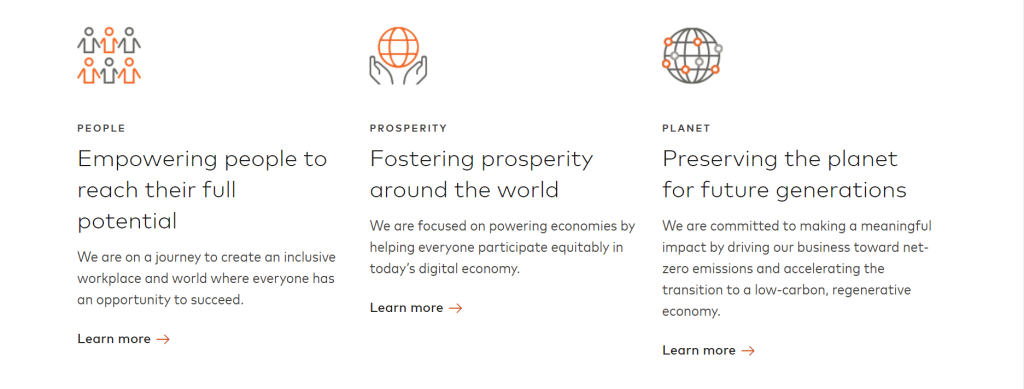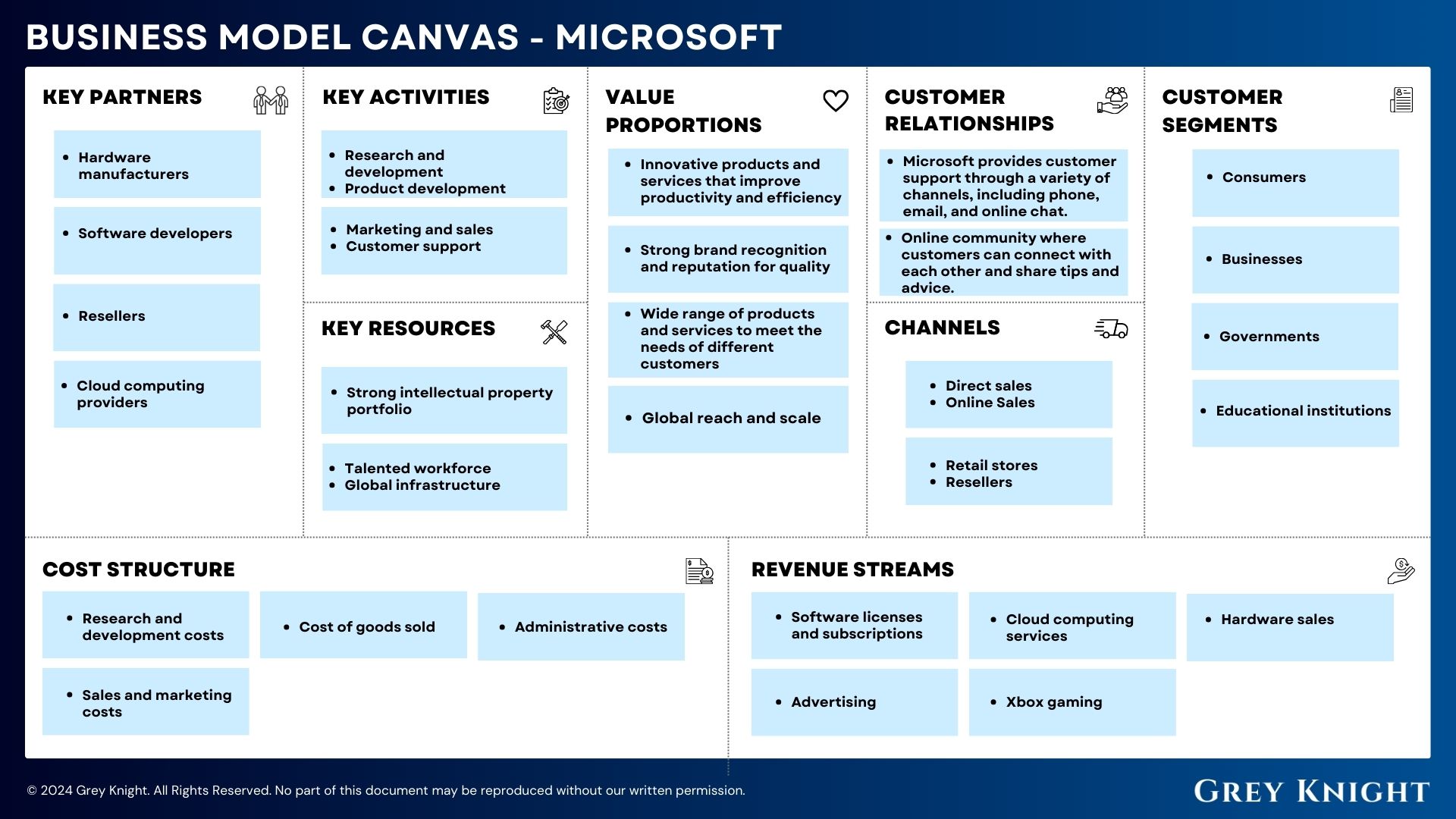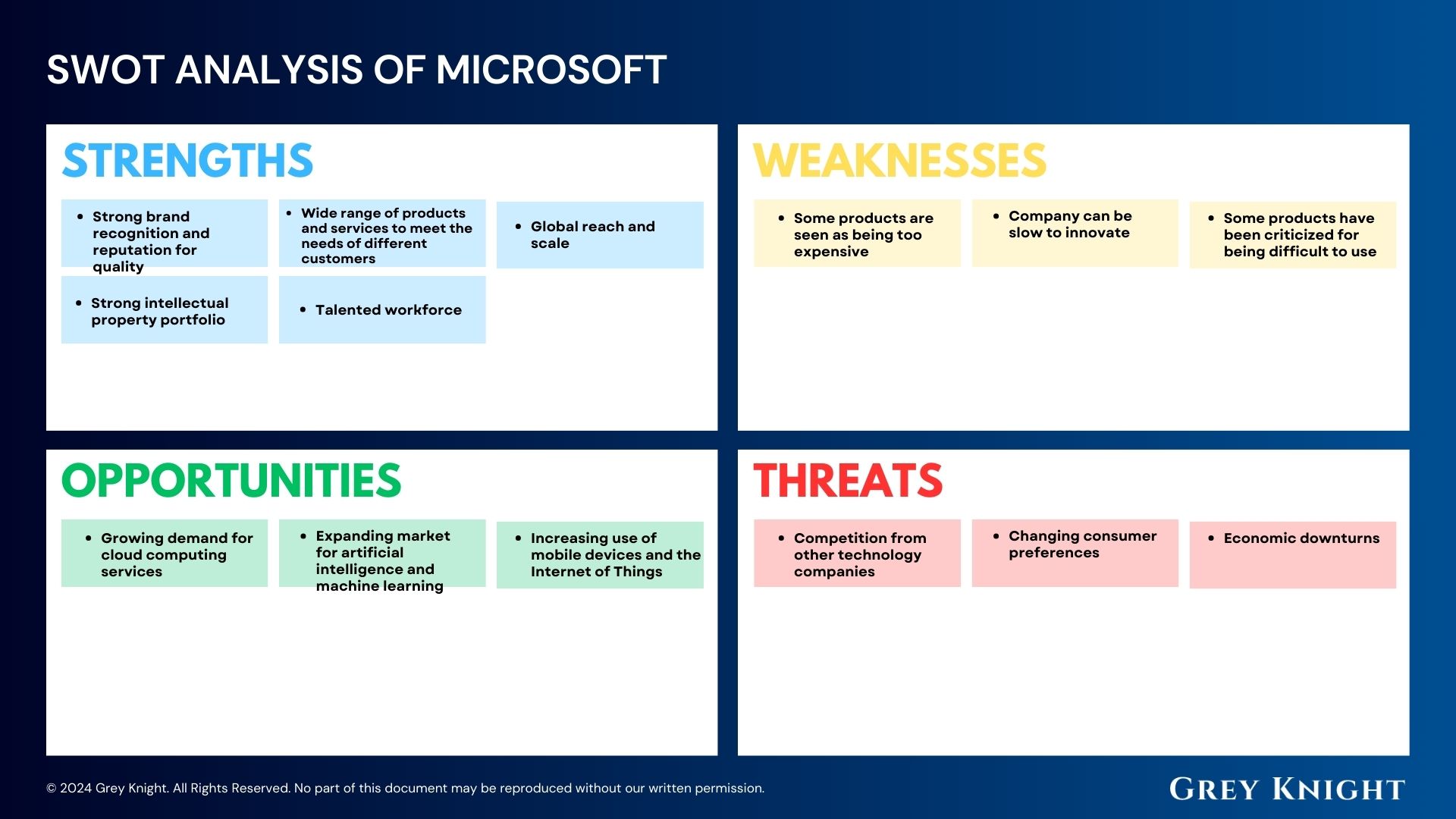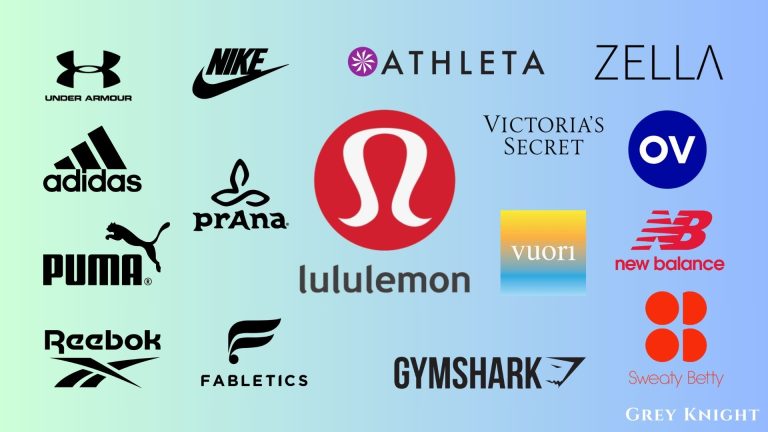Table of Contents
ToggleA Brief History of Mastercard
Mastercard Incorporated was founded in 1966 as Interbank Card Association (ICA) by a group of banks in California. The company originally started as a competitor to the BankAmericard, which was later renamed Visa.
In 1969, ICA created the Master Charge brand, which would later become Mastercard. The company’s goal was to establish a global payment system that could be accepted by a wide range of merchants and financial institutions.
In 1979, ICA officially changed its name to Mastercard Incorporated and introduced the distinctive red and yellow interlocking circles logo that is still recognized today.
Throughout the 1980s and 1990s, Mastercard expanded its reach and capabilities, introducing new products and services to streamline electronic payments worldwide. In 2002, the company went public, and in 2006, it acquired the British payment processing company, DataCash Group plc.
Mastercard has continued to innovate and adapt to the evolving payment landscape, expanding its services to include mobile and contactless payments, digital wallets, and other emerging technologies.
As of today, Mastercard Incorporated is one of the largest and most widely accepted payment networks in the world, processing billions of transactions annually and operating in over 200 countries and territories.
Who Owns Mastercard?
Mastercard Incorporated is a publicly traded company, which means it is owned by its shareholders. As of the most recent filing, the top 10 shareholders of Mastercard Incorporated are The Vanguard Group, Inc., BlackRock, Inc., State Street Corporation, Fidelity Management & Research Company, SSgA Funds Management, Inc., Wellington Management Company, LLP, Capital Research & Management Co., PRIMECAP Management Company, Capital World Investors, and T. Rowe Price Associates, Inc. These institutional investors hold significant stakes in the company and play a key role in its ownership and governance.
Mastercard Mission Statement

Mastercard Incorporated’s mission is to connect and power the global digital economy by providing secure, convenient, and inclusive payment solutions for consumers, businesses, and governments around the world. They strive to drive financial inclusion and empower individuals and businesses to thrive in the digital age. Mastercard is committed to advancing a more sustainable and inclusive economy by leveraging its technology, data, and expertise to create a world where everyone has access to the opportunities and resources they need to succeed.
How does Mastercard Make Money?
Mastercard Incorporated operates as a technology company and financial services corporation that facilitates electronic funds transfers. The company makes money through various revenue streams, including fees charged to merchants for processing transactions, interchange fees paid by banks for card use, and service fees charged to cardholders for use of the network. Additionally, Mastercard generates revenue through data analytics and consulting services, as well as through licensing and other fee-based services. Overall, Mastercard’s business model is focused on providing secure and efficient payment services to businesses and consumers while monetizing the use of its network and technology.
Mastercard’s Business Model Canvas
The Business Model Canvas is a strategic management tool that provides a visual representation of a company’s business model. It allows businesses to identify key components of their operations and make informed decisions about their strategy, goals, and operations. The canvas is divided into 9 subheadings including Customer Segments, Value Propositions, Channels, Customer Relationships, Revenue Streams, Key Resources, Key Activities, Key Partners, and Cost Structure.
Customer Segments:
1. Consumers: Individuals who use Mastercard for personal transactions.
2. Businesses: Companies that utilize Mastercard for corporate expenses and transactions.
3. Financial Institutions: Banks and other financial institutions that issue Mastercard cards to their customers.
Value Propositions:
1. Secure Transactions: Mastercard provides a secure platform for transactions, reducing the risk of fraudulent activity.
2. Global Acceptance: Customers can use Mastercard in millions of locations worldwide.
3. Reward Programs: Mastercard offers various reward programs and benefits to cardholders, incentivizing the use of their cards.
Channels:
1. Banks and Financial Institutions: Mastercard partners with banks and other financial institutions to issue cards to their customers.
2. Online Platforms: Mastercard is accepted as a payment option on numerous online platforms and e-commerce websites.
3. Point of Sale: Mastercard is accepted at millions of physical locations for in-person transactions.
Customer Relationships:
1. Customer Service: Mastercard provides customer support for cardholders and financial institutions.
2. Marketing and Communication: Mastercard communicates with customers and partners through various marketing and communication channels.
3. Technology Support: Mastercard assists partners with technological support and resources.
Revenue Streams:
1. Transaction Fees: Mastercard earns revenue through transaction fees charged to merchants and financial institutions.
2. Membership Fees: Some cardholders pay annual membership fees, generating additional revenue for Mastercard.
3. Data and Analytics: Mastercard monetizes transaction data by providing insights and analytics to businesses and financial institutions.
Key Resources:
1. Global Network: Mastercard operates a global network that connects card issuers, merchants, and consumers.
2. Technology Infrastructure: Mastercard invests in technology infrastructure to support secure and efficient transactions.
3. Brand and Reputation: Mastercard’s brand and reputation are valuable resources in attracting customers and partners.
Key Activities:
1. Card Issuance: Mastercard partners with financial institutions to issue cards to customers.
2. Payment Processing: Mastercard processes millions of transactions daily, ensuring the smooth flow of payments.
3. Innovation and Development: Mastercard invests in research and development to innovate new products and services.
Key Partners:
1. Financial Institutions: Mastercard partners with banks and other financial institutions to issue cards and facilitate transactions.
2. Merchants: Mastercard partners with merchants to accept its cards for payment.
3. Technology Providers: Mastercard collaborates with technology companies to support its infrastructure and services.
Cost Structure:
1. Technology Infrastructure: Mastercard incurs costs in maintaining and upgrading its technology infrastructure.
2. Compliance and Security: Mastercard invests in compliance and security measures to ensure the integrity of its transactions.
3. Marketing and Promotion: Mastercard allocates resources to marketing and promotional activities to attract and retain customers and partners.
Mastercard’s Competitors
Mastercard Incorporated faces tough competition in the global payments industry. Its main rivals include Visa, American Express, Discover Financial Services, PayPal Holdings, and Bank of America. These companies offer a range of payment services and compete for market share in the digital payments space. Mastercard must continue to innovate and invest in technology to stay ahead of its competitors and maintain its position as a leading global payment solutions provider.
Mastercard SWOT Analysis
Strengths:
1. Strong brand image and recognition
2. Global presence with operations in over 200 countries
3. Diversified product portfolio including credit, debit, and prepaid cards
4. Strong financial performance and revenue growth
Weaknesses:
1. Reliance on interchange fees for the majority of revenue
2. Vulnerability to changes in government regulations and policies
3. Limited presence in emerging and developing markets
4. High competitive pressure in the payment processing industry
Opportunities:
1. Growing e-commerce and digital payment market
2. Expansion into underserved markets
3. Integration of new technologies such as blockchain and cryptocurrency
4. Partnerships and collaborations with fintech companies
Threats:
1. Intense competition from other payment processing companies
2. Cybersecurity risks and data breaches
3. Increasing regulatory scrutiny and compliance costs
4. Economic uncertainty and financial market instability
Concluding Analysis
After carefully examining the business model of Mastercard Incorporated, it is clear that the company’s innovative approach to digital payments and commitment to expanding globally positions them for continued success in the future. The strategic partnerships, investments in technology, and focus on providing secure and seamless payment experiences for consumers and businesses are all strong indicators of Mastercard’s potential for growth and leadership in the industry. As an analyst, I am optimistic about the future of Mastercard and believe that the company is well-positioned to drive further advancements in the payments industry while continuing to deliver value for its stakeholders. With a solid foundation and a clear vision for the future, Mastercard is poised to thrive in the ever-evolving landscape of digital commerce.
Additional Resources
To keep learning and advancing your career, we highly recommend these additional resources:
Business Model Canvas of The Top 1,000 Largest Companies by Market Cap in 2024
A List of 1000 Venture Capital Firms & Investors with LinkedIn Profiles
Peter Thiel and the 16 Unicorns: The Legacy of Thiel Fellowship












